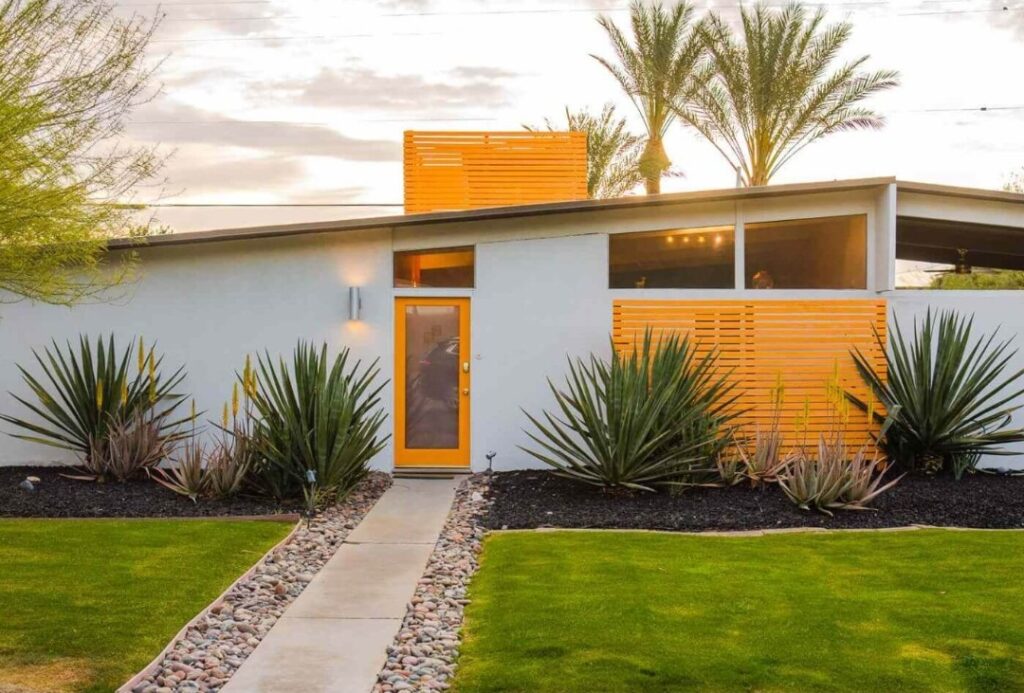Introduction
The mid-century era, spanning from the 1940s to the 1960s, holds a special place in the history of design, architecture, and culture. Characterized by its distinctive style and enduring influence, it continues to captivate us with its timeless appeal.
1. A Time of Transformation
The mid-century era was a period of profound change. Following the end of World War II, the world underwent a significant transformation, and this shift was profoundly reflected in design and lifestyle.
2. The Iconic Mid-Century Furniture
One of the most iconic aspects of the mid-century era is its furniture. From Eames chairs to Noguchi tables, these pieces are celebrated for their clean lines, functionality, and innovative use of materials.
3. The Birth of Modern Architecture
Mid-century architecture is renowned for its bold, innovative designs. Architects like Frank Lloyd Wright and Mies van der Rohe pushed the boundaries of what buildings could be, giving birth to the modern architectural movement.
4. Timeless Mid-Century Art
Mid-century art encompassed various styles, from abstract expressionism to pop art. Artists like Jackson Pollock and Andy Warhol left an indelible mark on the art world during this era.
5. The Golden Age of Television
The mid-century era also saw the rise of television. It became a window to the world, bringing entertainment and information to living rooms across the globe.
6. Mid-Century Fashion
The fashion of this era was a blend of sophistication and simplicity. Think Audrey Hepburn’s little black dress or James Dean’s rebellious style – both still inspire fashion trends today.
7. The Enduring Popularity of Retro Cars
Classic cars from the mid-century era, such as the Ford Mustang and Chevrolet Corvette, have a cult following and continue to be admired for their sleek designs and powerful engines.
8. Cultural Icons of the Mid-Century
The mid-century era gave rise to cultural icons like Marilyn Monroe, Elvis Presley, and the Beatles, who left an indelible mark on entertainment and music.
9. The Influence on Contemporary Design
Mid-century design principles have found their way into modern interiors. Minimalism, functionality, and the use of natural materials are all echoes of this influential era.
10. The Environmental Awareness of Mid-Century Design
Mid-century designers were often ahead of their time in their concern for the environment. They integrated sustainable practices into their work, a concept that resonates strongly in today’s world.
11. The Mid-Century Revival
In recent years, there has been a resurgence of interest in mid-century design. Vintage pieces are in demand, and contemporary designers continue to draw inspiration from this era.
12. Preserving the Mid-Century Legacy
Efforts are underway to preserve mid-century architecture and design, recognizing their cultural and historical significance. Preservation societies and museums are dedicated to this cause.
Conclusion
The mid-century era was a time of innovation, style, and cultural transformation. Its influence endures in our homes, our fashion, and our understanding of design. As we continue to appreciate its timeless appeal, we ensure that the mid-century legacy lives on for generations to come.

